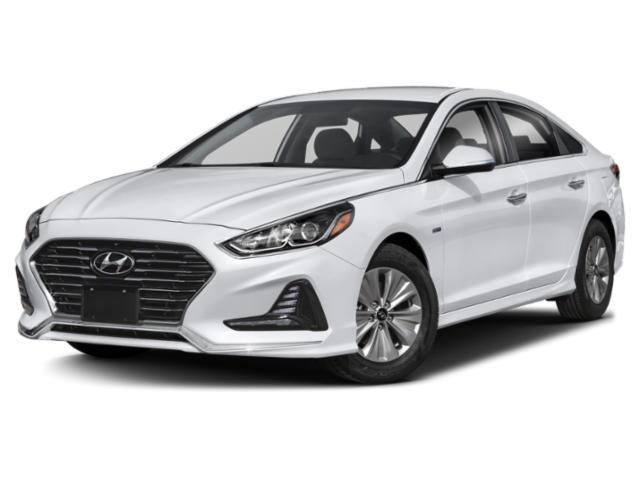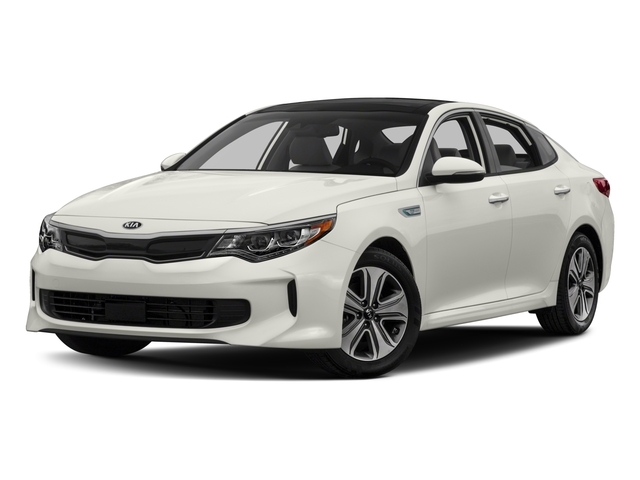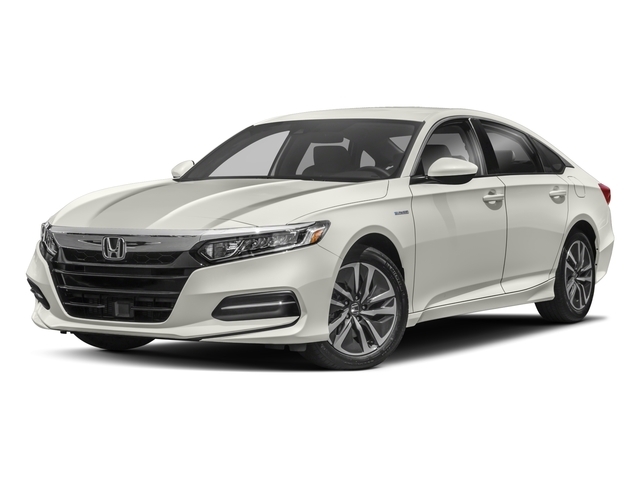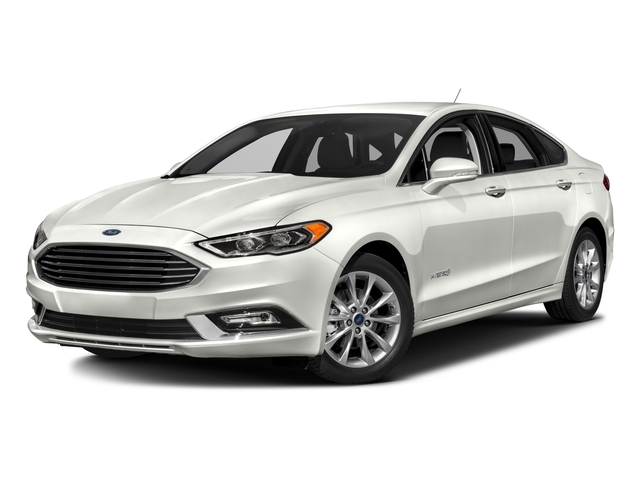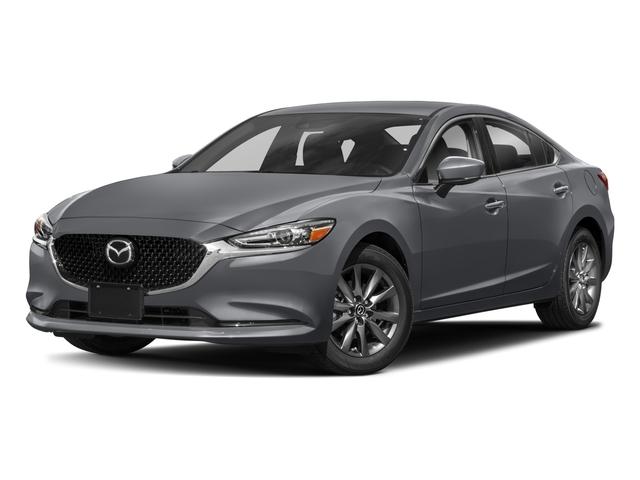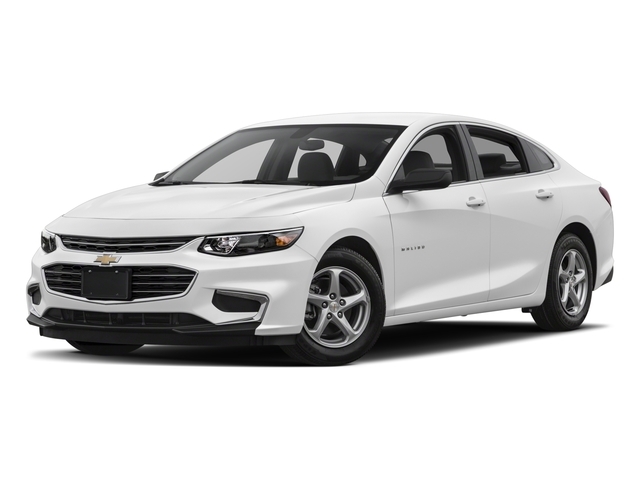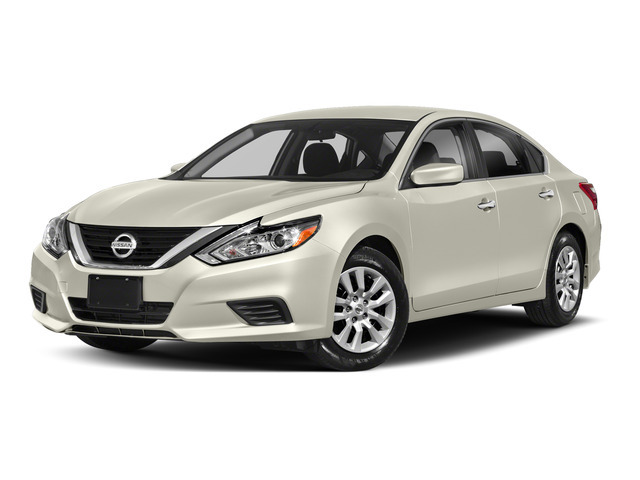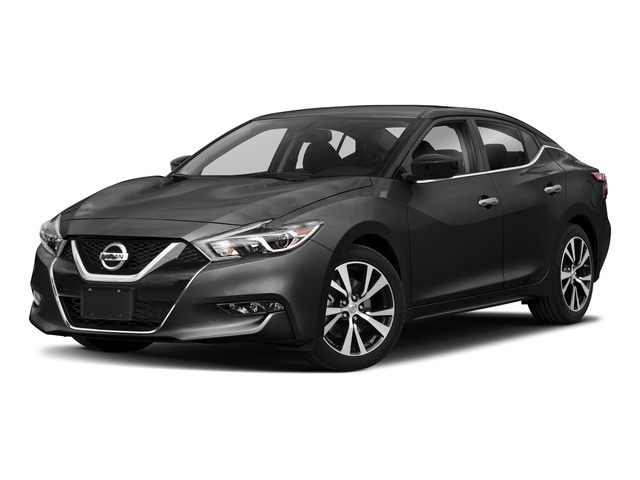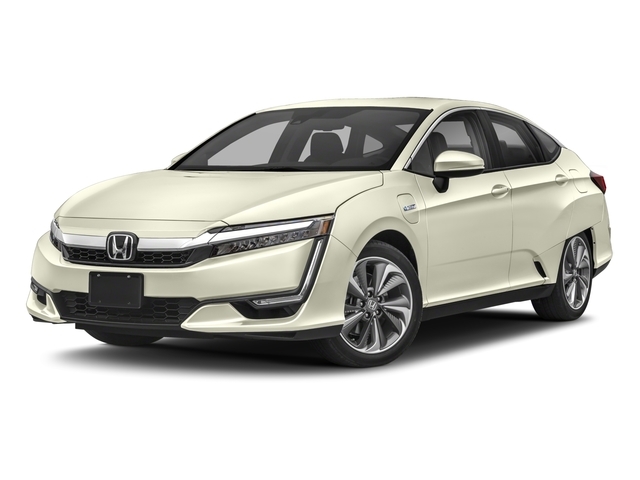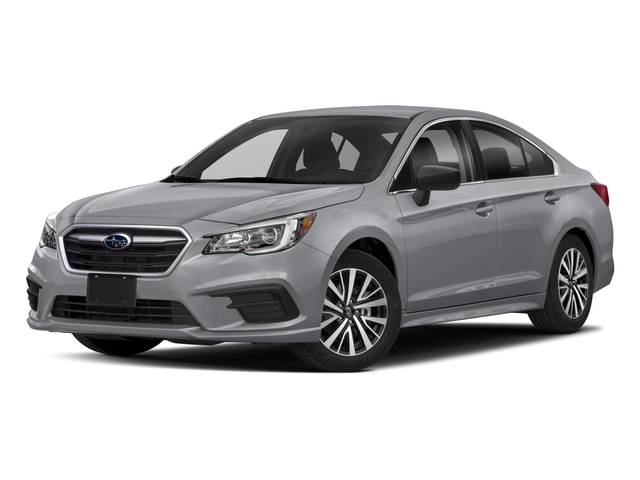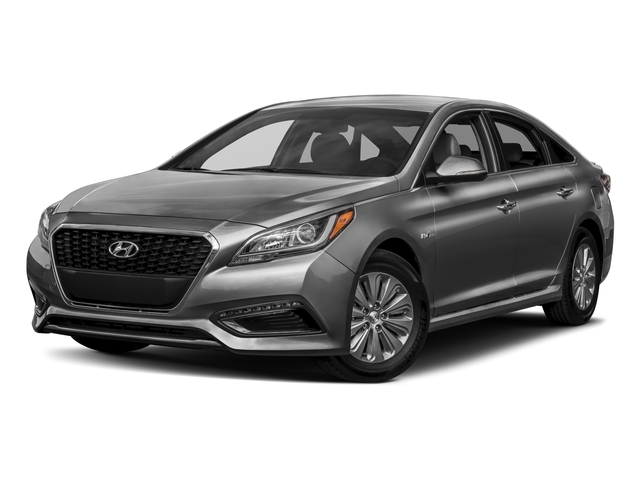
2018 Toyota Camry Hybrid

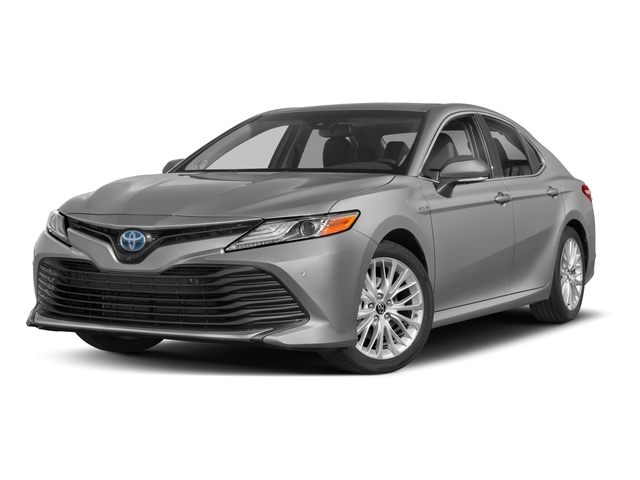
Key Specifications for 2018 Toyota Camry Hybrid






Buyer’s Guide
It's a big year for the well-known Toyota Camry, which gets a major redesign conceived to bolster sales of this sedan in the face of growing competition from compact and mid-size crossovers.
It's no accident a new Camry comes along at almost the same time as Honda's reveal of a new version of its Accord: these cars have been at the head of their class for decades and remain one another's fiercest competitors, but also allies in the campaign to keep sedans relevant for as long as possible.
That said, reports of the mid-size sedan's death have been exaggerated, at least in Canada. The body style faces a tougher fight in the U.S. where buyers tend to prefer larger, more expensive vehicles than up here.
Regardless of where it's being sold, the new Camry Hybrid benefits from many of the same kind of engineering upgrades as its gasoline-powered sibling, covered in a separate buyer's entry. Those changes include a new platform based on the Toyota New Global Architecture (TNGA) platform, which the Japanese automaker says helped it imbue this staid sedan with a more entertaining and athletic driving feel.
A longer wheelbase means more interior space and a more composed ride, and the hybrid battery now lives under the rear seat (instead of in the trunk) where it contributes to a lower centre of gravity and more responsive handling. That battery is a lithium-ion unit in the entry-level LE model and composed of nickel metal hydride in SE and XLE trims.
Just as significant is a new version of Toyota's hybrid powertrain that pairs the company's new Dynamic Force 2.5L four-cylinder engine with an electric motor and continuously variable automatic transmission for a total of 208 hp. For the first time, the Camry Hybrid gets a sport drive mode that improves acceleration with a boost from the electric motor, and the SE version gains shift paddles that activate a simulated six-speed manual shift mode.
As before, the Camry Hybrid comes in LE, SE and XLE trims, all of which are standard with the Toyota Safety Sense P suite of active safety features, including pre-collision system with pedestrian detection, automatic high beams, radar cruise control and lane departure alert.
Other LE highlights include 17-inch aluminum wheels that replace 16-inch steelies in the outgoing car, heated front seats, backup camera, dual-zone automatic climate control, eight-way power driver's seat with lumbar, LED headlights and taillights and Toyota's new Entune 3.0 infotainment system with seven-inch touchscreen and six-speaker sound system.
SE models get an eight-inch touchscreen, sport seats, auto-dimming rearview mirror, wireless smartphone charging, blind spot monitor with rear cross traffic alert, 18-inch wheels and trim-specific body kit.
Finally, the XLE adds a nine-speaker sound system, navigation, six-way power front passenger seat, seven-inch TFT multi-information display, a head-up display, LED cabin lighting, clearance sonar, rear cross traffic braking, bird's eye camera system and adaptive auto-levelling headlights.
Fuel consumption estimates are 4.9/4.8 L/100 km (city/highway) for LE models and 5.3/5/0 for SE and XLE trims.
Review & Compare:
Photos

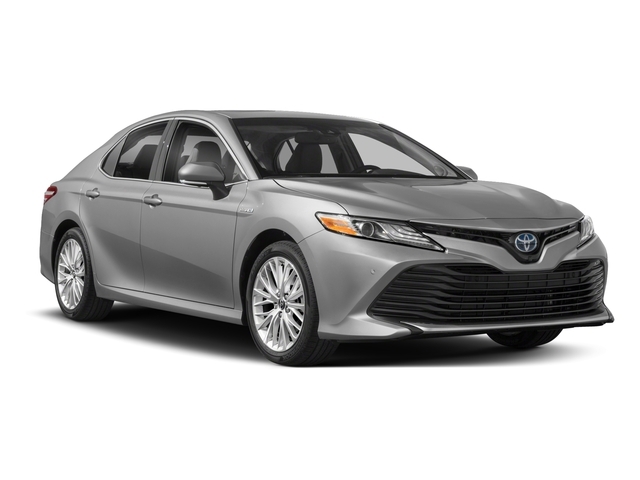
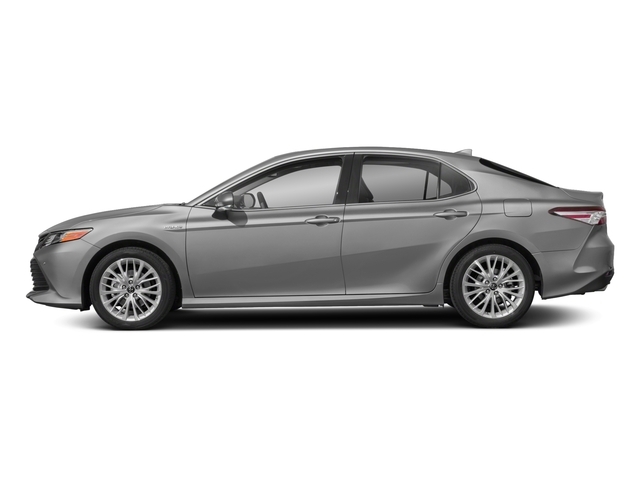

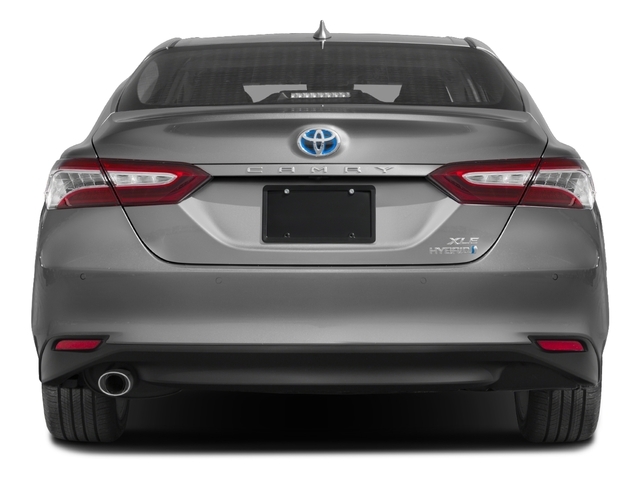
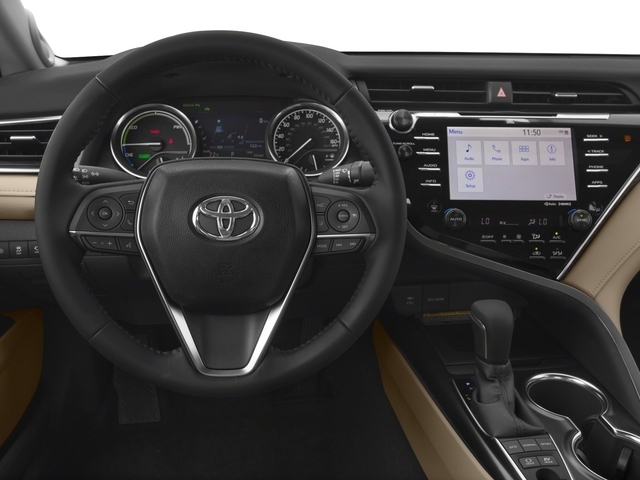
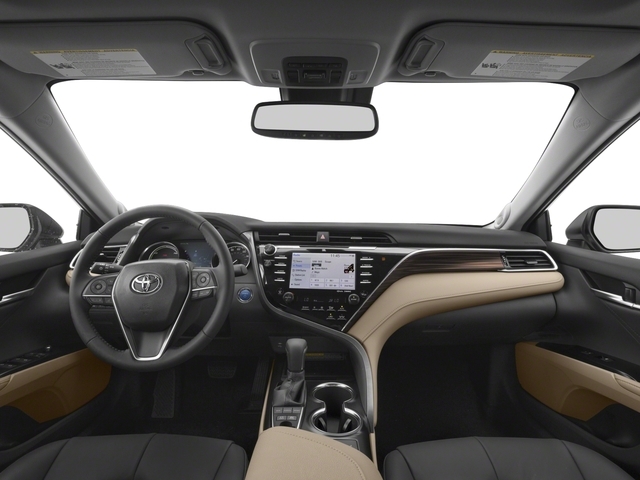
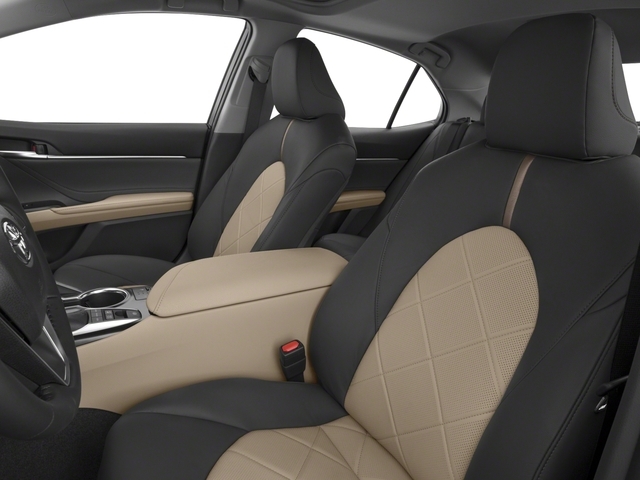
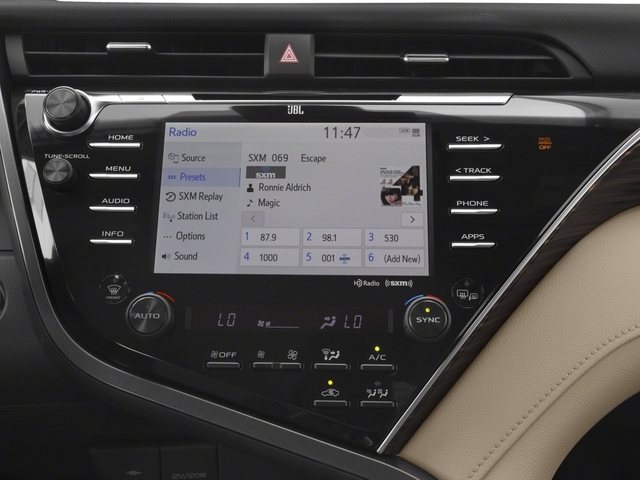
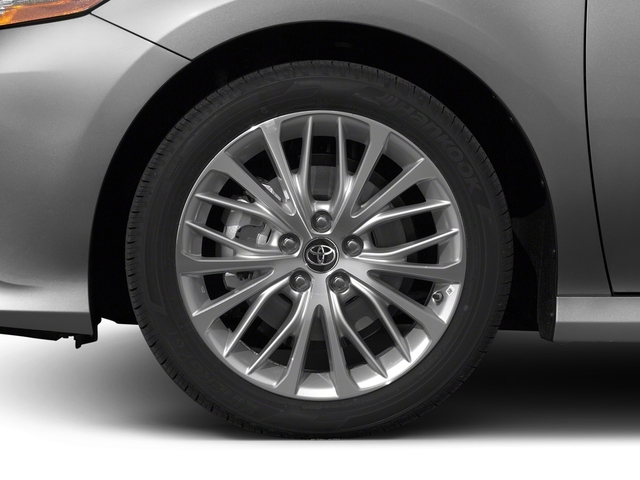
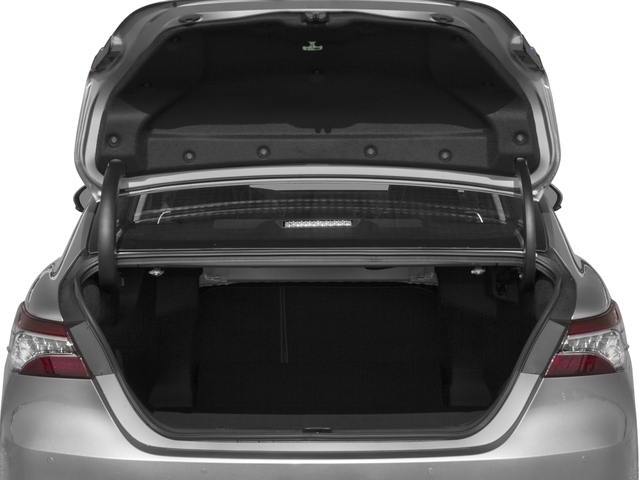

















AutoTrader Review















